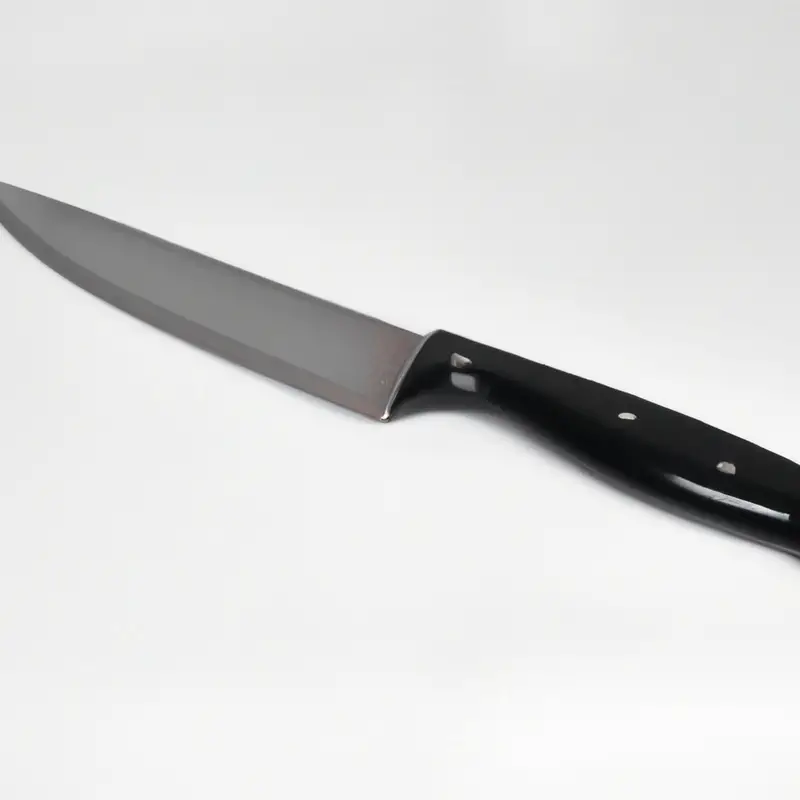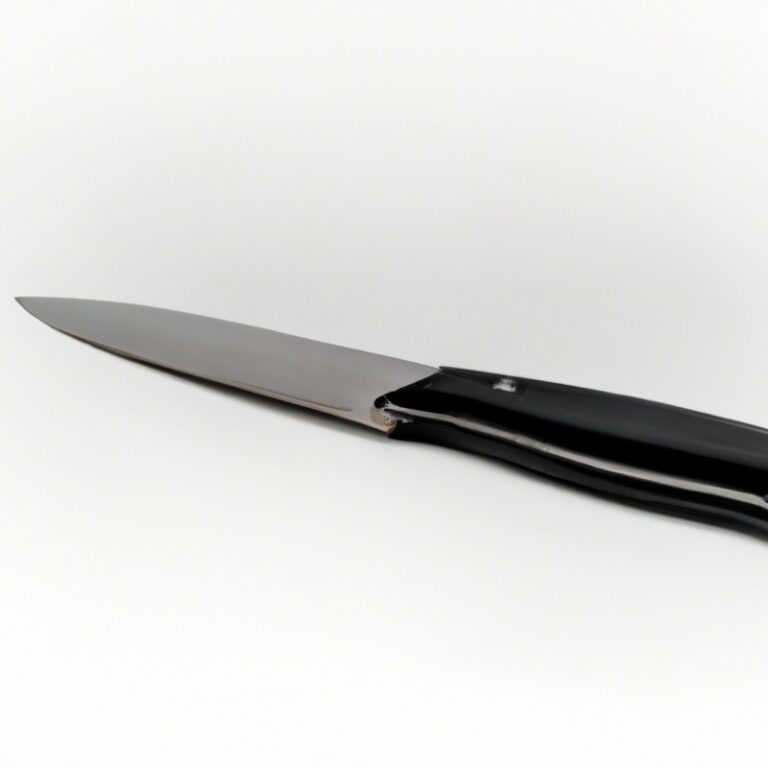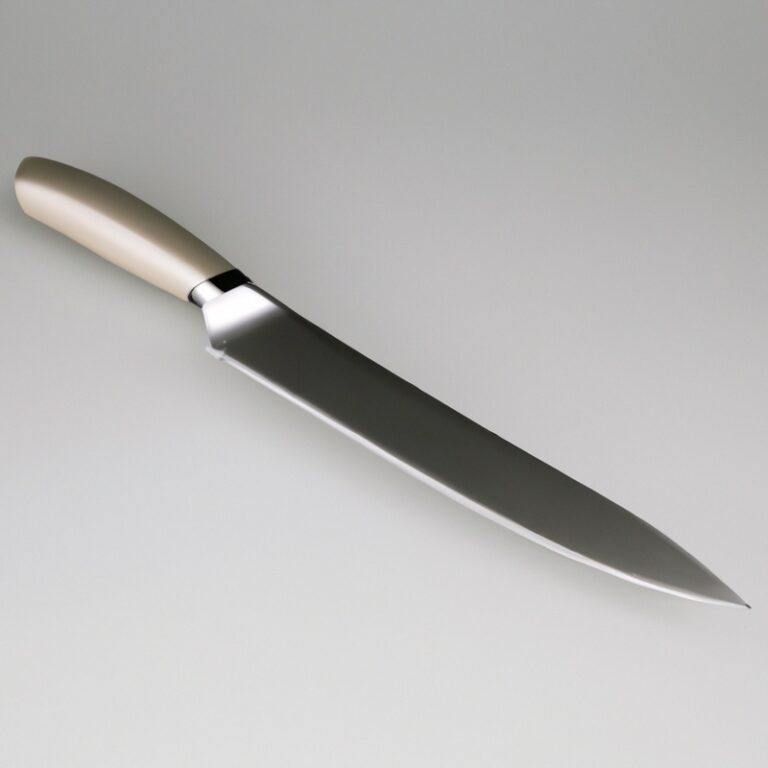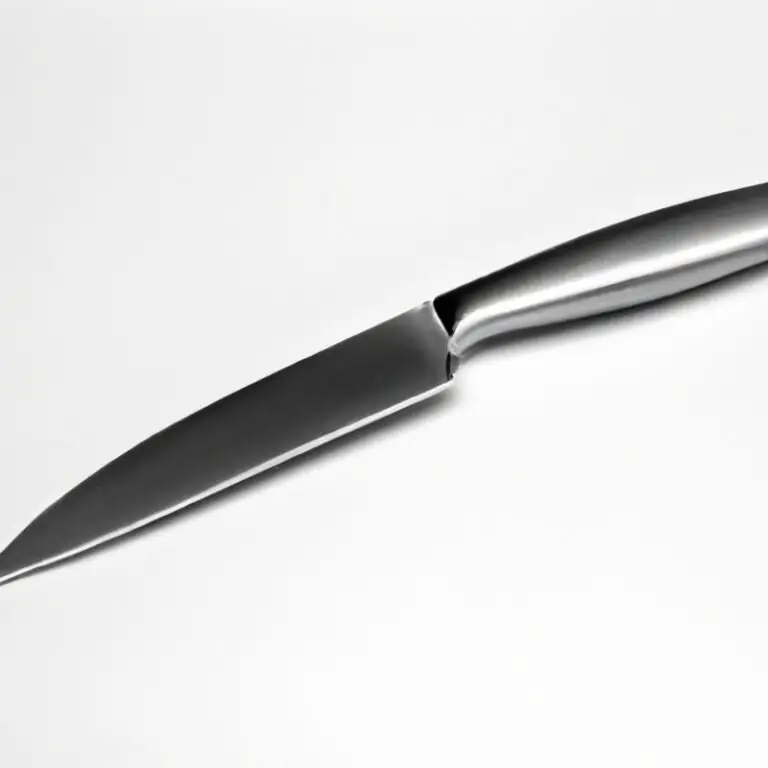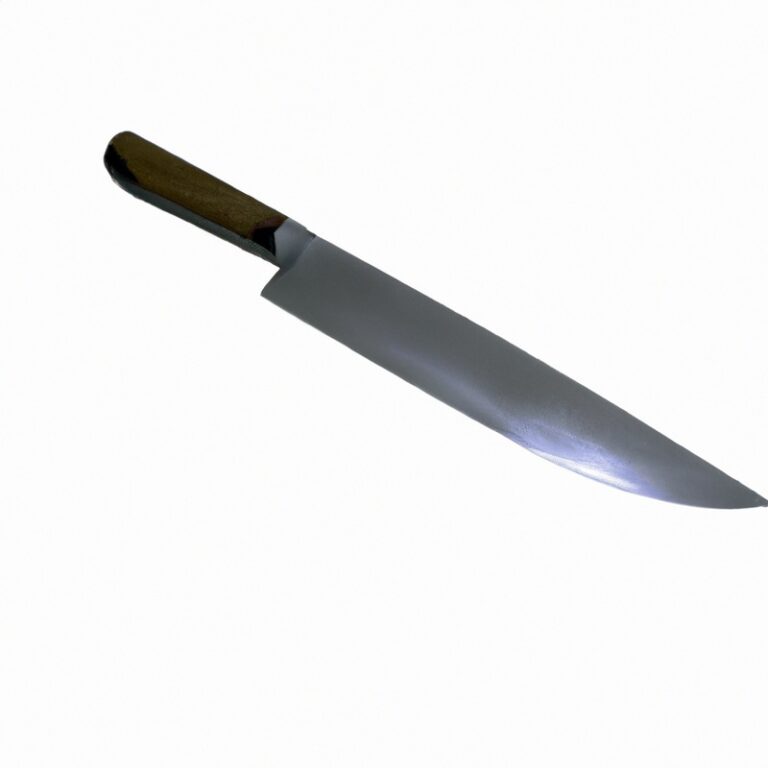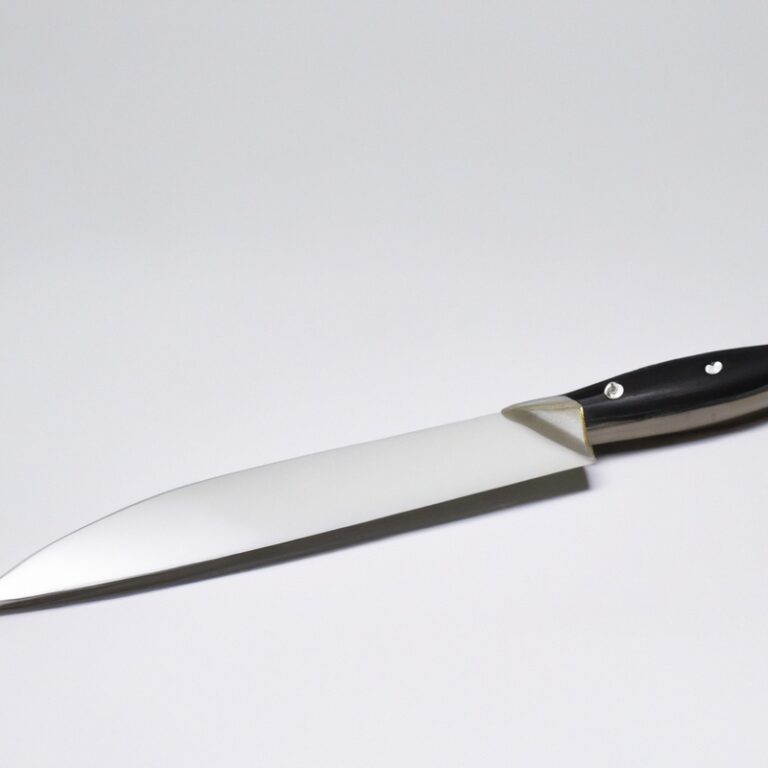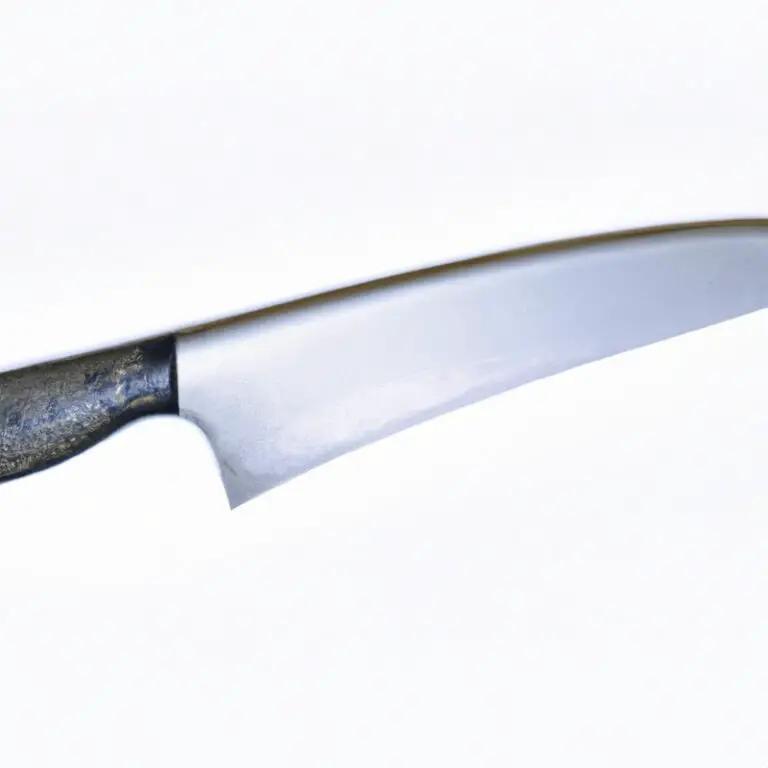How Does Knife Steel Affect Blade Sharpness On Straight Razors?
Key Takeaways:
- The type of steel used in a straight razor significantly impacts its sharpness and cutting performance.
- High-quality knife steels can retain sharpness for a longer duration, resulting in a more effective and durable straight razor blade.
- Factors such as hardness, edge retention, and toughness influence the sharpness and overall quality of the blade on straight razors.
- Understanding the characteristics of different knife steels can help users choose a straight razor that suits their needs for optimal sharpness and performance.
Have you ever wondered why some straight razors stay sharp longer than others?
Well, the secret lies in the blade’s steel.
As an expert in the field, I’m here to shed light on the fascinating relationship between knife steel and blade sharpness.
In this article, we’ll delve into the definition and composition of knife steel, explore its crucial role in blade performance, and uncover the various factors affecting sharpness retention.
We’ll also dive into the different types of knife steels, discuss blade sharpening techniques, and provide practical tips for choosing the right steel for a straight razor.
Get ready to sharpen your knowledge on this captivating topic!
| Steel Type | Blade Sharpness |
|---|---|
| Carbon Steel | Excellent |
| Stainless Steel | Good |
| High Carbon Stainless Steel | Very Good |
What is Knife Steel?
Definition and Composition of Knife Steel
Knife steel refers to the material used to make the blades of knives. It is a type of alloy that is specifically designed to have the ideal combination of hardness, strength, and corrosion resistance.
The composition of knife steel typically includes a mix of iron, carbon, chromium, and other elements.
Different types of knife steel have varying levels of these elements, resulting in different properties and performance characteristics. The composition of knife steel plays a crucial role in determining the overall quality and performance of a knife blade.
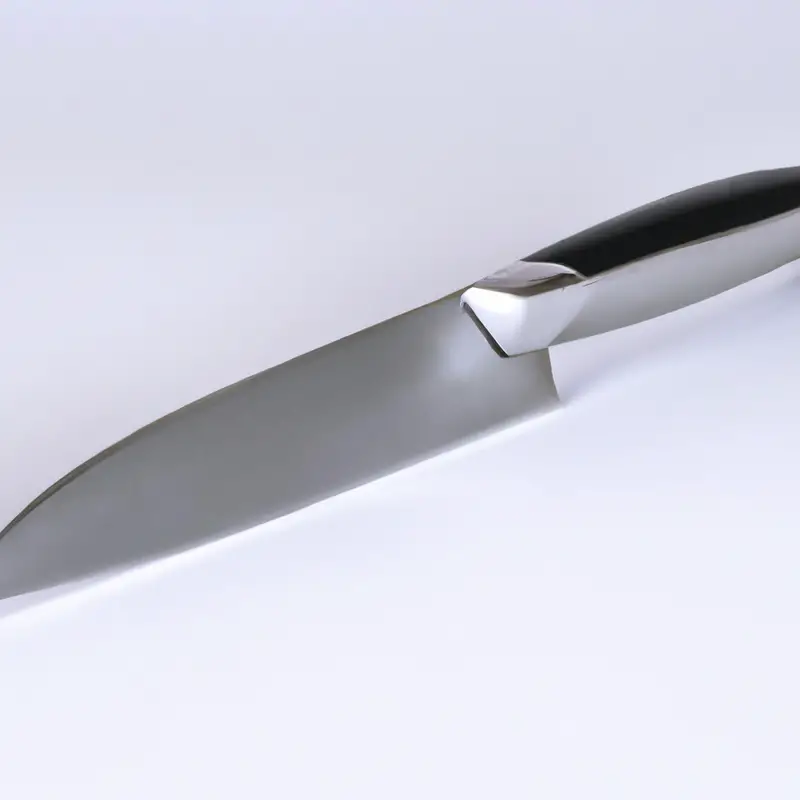
Importance of Knife Steel in Blade Performance
Knife steel is a crucial factor in determining the performance of a blade.
The quality of the steel used affects the overall sharpness, toughness, and durability of the blade.
Different types of steel have varying compositions and properties, which directly impact how well the blade performs.
Factors such as edge retention, resistance to wear and corrosion, and ease of sharpening all depend on the choice of knife steel.
Therefore, selecting the right steel for a knife is essential to ensure optimal blade performance.
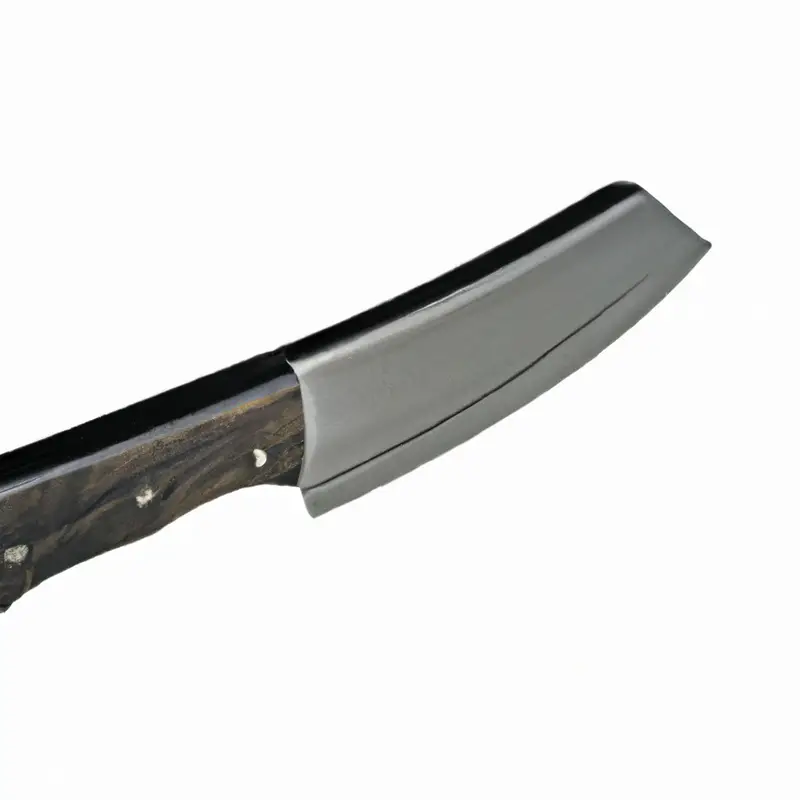
How Blade Sharpness is Affected
Relationship Between Knife Steel and Blade Sharpness
The relationship between knife steel and blade sharpness is crucial.
Different types of knife steels have varying levels of hardness and durability, which directly impact how sharp the blade can be and how long it can retain that sharpness.
Harder steels tend to hold an edge longer, while softer steels require more frequent sharpening.
Additionally, the composition of the steel can affect its corrosion resistance, which also influences blade sharpness.
It’s important to choose the right steel for your needs and properly maintain the blade to ensure optimal sharpness.
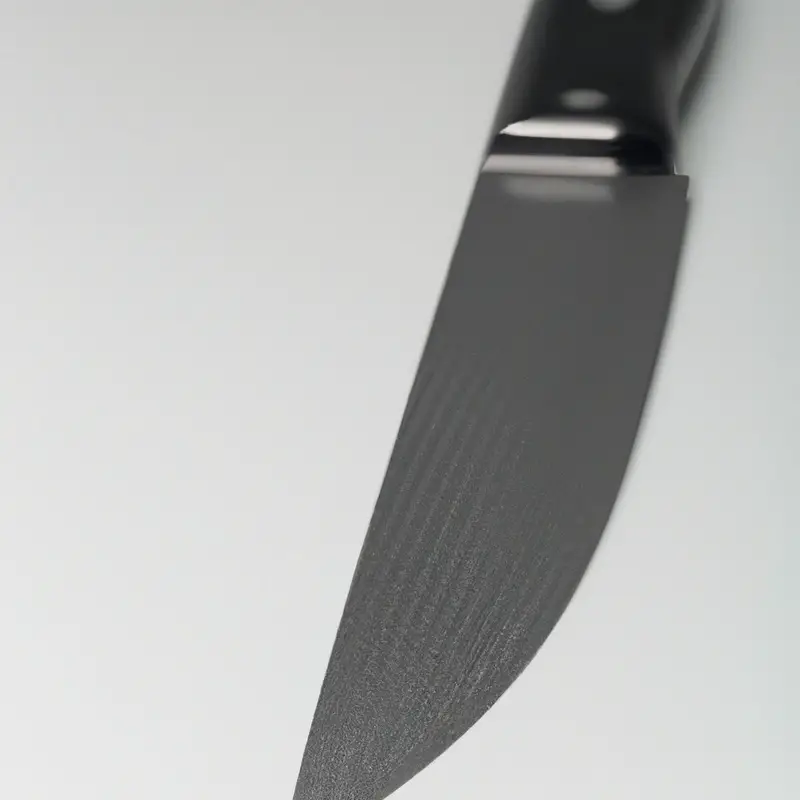
Factors Affecting Sharpness Retention
When it comes to the sharpness retention of a straight razor blade, there are a few key factors at play. One important factor is the hardness of the knife steel.
A harder steel will typically hold an edge longer, while a softer steel may require more frequent sharpening.
Another factor is the type of sharpening technique used. Honing and stropping the blade properly can help maintain its sharpness for longer periods of time.
Additionally, how the blade is used and cared for can also affect sharpness retention.
Using the razor on appropriate materials and storing it properly can help preserve its edge.
Different Types of Knife Steels
Carbon Steel
Carbon steel is a popular choice for knife blades due to its excellent edge retention and ease of sharpening.
It is composed primarily of iron and carbon, with varying levels of additional elements such as manganese and chromium.
The high carbon content gives the steel its hardness and allows it to hold a sharp edge for a long time.
However, carbon steel is not stainless and is prone to corrosion if not properly cared for.
Regular maintenance, such as drying the blade after use and applying a thin layer of oil, is important to prevent rusting.
Overall, carbon steel offers a great balance of sharpness and performance.
Stainless Steel
Stainless steel is a popular choice for knife blades due to its durability and corrosion resistance.
It contains a high percentage of chromium, which forms a protective layer that helps prevent rust and staining.
This makes stainless steel blades easier to maintain and suitable for use in wet environments.
However, stainless steel blades may not hold their edge as well as blades made from other types of steel.
Additionally, the hardness of the stainless steel can vary, affecting its sharpenability.
It is important to choose a stainless steel with the right balance of edge retention and ease of sharpening.
High Carbon Stainless Steel
High Carbon Stainless Steel combines the best of both worlds. It has a high carbon content that enhances sharpness and edge retention, while also being resistant to corrosion and rust.
This type of steel is ideal for straight razors because it provides the durability and sharpness needed for a clean and close shave, while also being easy to maintain.
Its stainless steel properties make it less prone to staining and discoloration. High Carbon Stainless Steel is a popular choice among razor enthusiasts for its balance of performance and longevity.
Blade Sharpening Techniques
Honing and Stropping
Honing and stropping are two essential techniques for maintaining the sharpness of a blade. Honing involves using a sharpening stone to remove burrs and restore the fine edge of the blade.
Stropping, on the other hand, is done by running the blade gently along a leather or fabric strip to polish and refine the edge.
Both techniques help to realign and maintain the blade’s sharpness, extending its lifespan and ensuring optimal cutting performance. Regular honing and stropping can greatly enhance the longevity and efficiency of your straight razor.
Importance of Proper Blade Maintenance
Proper blade maintenance is essential for maintaining the performance and longevity of your knife. Regular cleaning and wiping after use helps prevent rust and corrosion, keeping the blade sharp and ready for action.
A well-maintained blade also reduces the risk of contamination and cross-contamination when preparing food.
Additionally, maintaining the edge through regular honing and occasional sharpening ensures optimal cutting ability. Taking care of your blade not only enhances its performance but also extends its lifespan, saving you money in the long run.
Choosing the Right Knife Steel for a Straight Razor
Considerations for Blade Sharpness
When it comes to blade sharpness, there are a few key considerations to keep in mind. Firstly, the type of knife steel used plays a significant role in how sharp the blade can get and how long it will retain its sharpness.
Different types of steel have different hardness levels and edge retention properties, so it’s important to choose one that suits your needs.
Additionally, the angle at which the blade is sharpened and the technique used can impact sharpness. Honing and stropping regularly are also crucial for maintaining blade sharpness.
So, consider the steel type, sharpening angle, technique, and maintenance routine for optimal blade sharpness.
Durability and Blade Resistance
Durability and blade resistance are essential factors to consider when choosing a knife steel for a straight razor.
The right steel can ensure that your blade stays sharp for longer periods, making it more resistant to wear and tear.
High-quality knife steels, such as carbon steel or high carbon stainless steel, offer excellent durability and blade resistance.
With proper blade maintenance, you can extend the lifespan of your straight razor and enjoy a long-lasting, reliable shaving experience.
Final Verdict
The choice of knife steel plays a crucial role in determining the blade sharpness of straight razors. The composition of the steel directly impacts how well the blade can be sharpened and how long it retains its sharpness.
Carbon steel offers exceptional sharpness but requires regular maintenance, while stainless steel provides durability and resistance to corrosion.
High carbon stainless steel offers a balance between sharpness and durability. Proper blade maintenance, including honing and stropping, is essential for maintaining blade sharpness.
Ultimately, selecting the right knife steel for a straight razor involves considering factors such as sharpness, durability, and resistance to corrosion.

